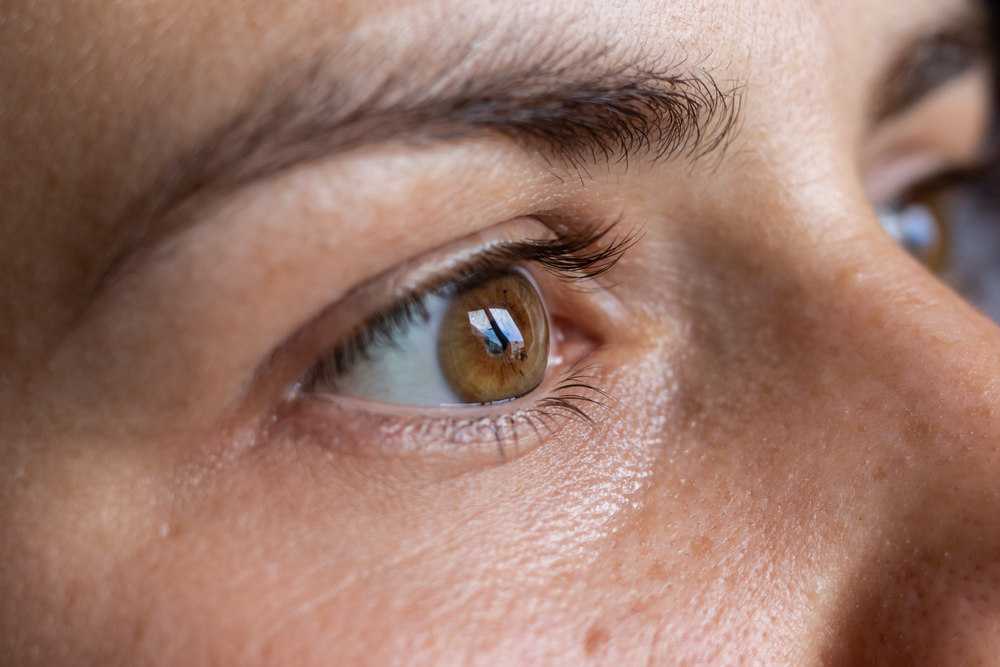
When it comes to protecting your vision, understanding your eye health is the first step. Vision changes can happen gradually or suddenly, and being informed about potential conditions like keratoconus can make a significant difference in how they’re managed. Fortunately, there are a range of treatment options available to help maintain clear vision and improve quality of life for those living with this condition.
What Is Keratoconus?
Keratoconus is a progressive eye disease that affects the cornea, which is the clear, dome-shaped surface at the front of the eye. In people with keratoconus, the cornea becomes thinner and begins to bulge outward into a cone-like shape. This irregular shape prevents light from focusing properly on the retina, leading to blurry or distorted vision. The condition typically begins in the teenage years or early adulthood and can worsen over time. Early diagnosis and appropriate treatment are key to managing symptoms and protecting vision.
Here’s a closer look at the most common treatment options for keratoconus and how patients can take control of their eye health.
Eyeglasses and Soft Contact Lenses (Early Stages)
In the early stages of keratoconus, when corneal distortion is still mild, vision can often be corrected with standard eyeglasses or soft contact lenses. These solutions help address basic refractive errors like nearsightedness or astigmatism caused by the irregular corneal shape.
Rigid Gas Permeable (RGP) Lenses
As keratoconus progresses, soft lenses may no longer provide adequate vision correction. Rigid gas permeable (RGP) lenses offer a more stable optical surface and help reshape how light enters the eye. These lenses rest on the cornea and create a smooth, uniform surface to improve vision clarity.
Scleral and Hybrid Lenses
For advanced cases, scleral lenses are often recommended. These large-diameter lenses vault over the entire corneal surface and rest on the sclera (the white part of the eye), offering comfort and enhanced vision. Hybrid lenses combine a rigid center with a soft skirt, providing the visual benefits of RGP lenses with increased comfort.
Corneal Cross-Linking (CXL)
Corneal cross-linking is a minimally invasive procedure designed to strengthen the cornea and slow or halt the progression of keratoconus. This FDA-approved treatment involves applying riboflavin (vitamin B2) eye drops to the cornea and activating them with ultraviolet (UV) light. Cross-linking stabilizes the cornea by forming new bonds between collagen fibers, reducing the risk of further bulging or thinning.
Corneal Transplant (Advanced Cases)
When other treatments are no longer effective, a corneal transplant (keratoplasty) may be necessary. This procedure involves removing the damaged corneal tissue and replacing it with healthy donor tissue. Transplants are usually reserved for severe cases where scarring, thinning, or cone progression significantly impacts vision and other treatments are not sufficient.
Take the Next Step Toward Better Vision
Managing keratoconus requires a personalized approach based on the stage and severity of the condition. From glasses and specialty contact lenses to advanced surgical options like corneal cross-linking or transplants, today’s treatments offer hope and clarity for patients with keratoconus. Regular monitoring and early intervention play a crucial role in preserving long-term vision.
If you’ve been diagnosed with keratoconus or are experiencing changes in your vision, schedule a comprehensive eye exam at Raleigh Eye Center to explore your treatment options. Contact our office in Raleigh, Durham, Reidsville, Henderson, North Carolina, or South Hill, Virginia. Call (919) 899-2472, (919) 876-2427 or (252) 492-8021 to book an appointment today.













